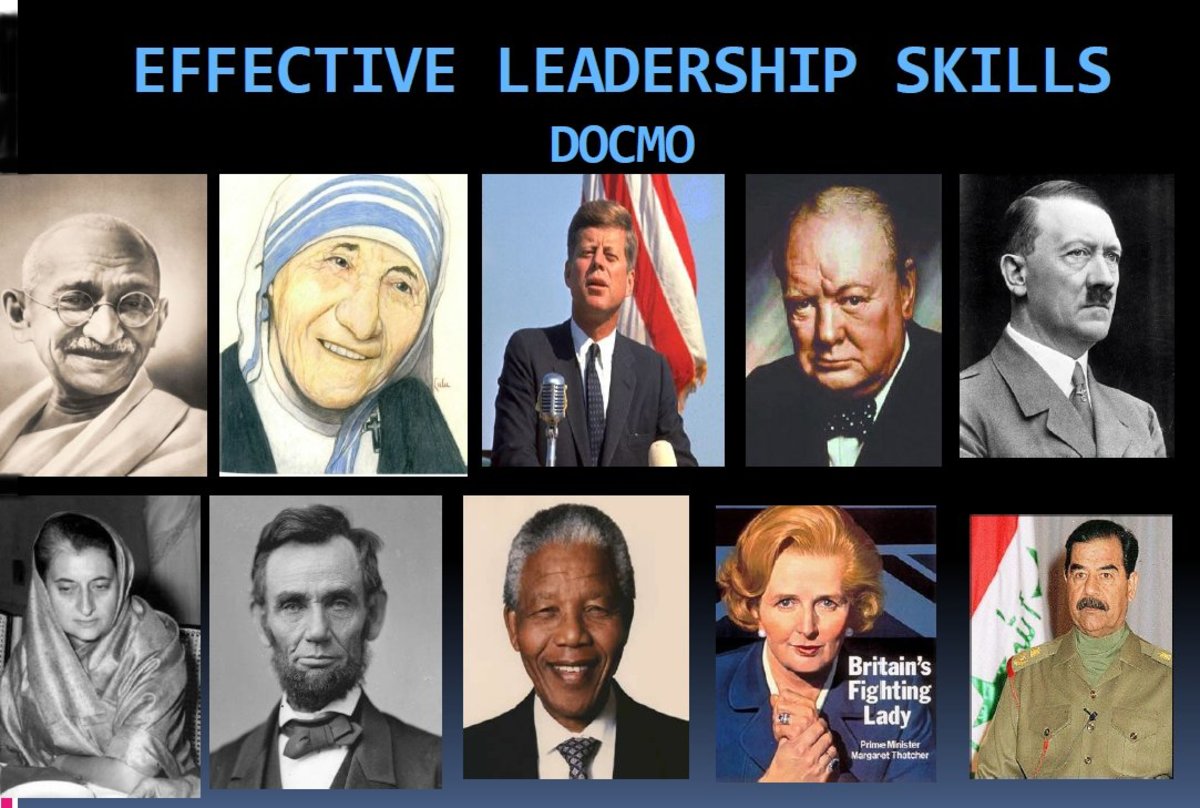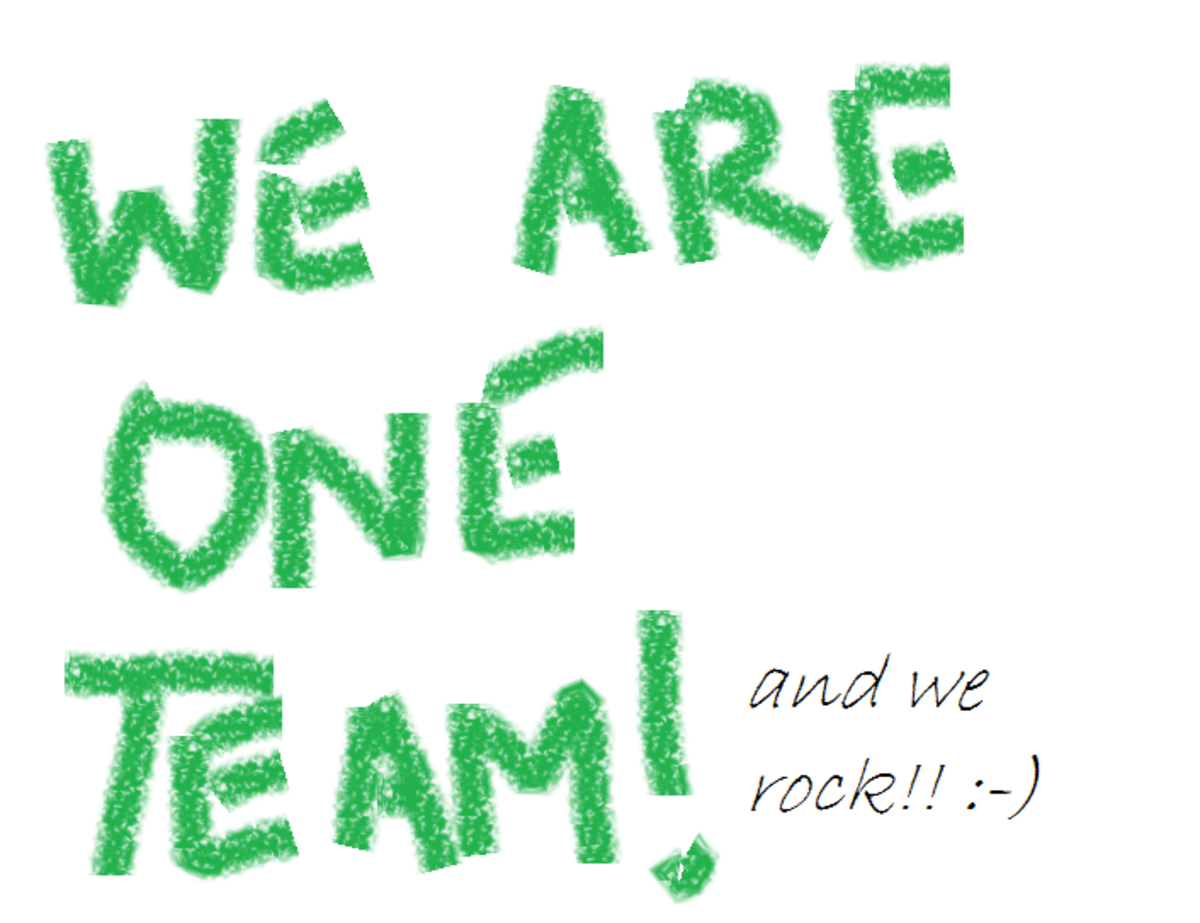Servant Leadership: Who Is Greater? The One Who Serves

In early 2011, at the age of 26, I accidentally encountered the ultimate ideal for my life in the words of a prayer popularly attributed to St. Francis of Assisi—a prayer read to me by a friend in 12-step recovery as we both sought to collect the respective shattered pieces of our old lives in an attempt to start building new ones.
Multiple variations of that prayer exist online, but here is the version I learned:
"Lord, make me an instrument of thy peace! That where there is hatred, I may bring love. That where there is wrong, I may bring the spirit of forgiveness. That where there is discord, I may bring harmony. That where there is error, I may bring truth. That where there is doubt, I may bring faith. That where there is despair, I may bring hope. That where there are shadows, I may bring light. That where there is sadness, I may bring joy. Lord, grant that I may seek rather to comfort, than to be comforted. To understand, than to be understood. To love, than to be loved. For it is by self-forgetting that one finds. It is by forgiving that one is forgiven. It is by dying that one awakens to Eternal Life."
If you've already encountered any principles of servant leadership, then you probably already see the resonance in the prayer of St. Francis. If you're not familiar with the concept yet, then you might consider some words from The World’s Most Powerful Leadership Principle: How to Become a Servant Leader by James C. Hunter, in which the author outlines servant leadership in all of its unglamorous glory:
"When we are dedicated to identifying and meeting the legitimate needs of others (serving), we will often be put into the position of having to make sacrifices. We may have to sacrifice our ego, our lust for power, our pride, and other self-interests for the greater good. We may have to sacrifice our need to be liked, our bad habit of avoiding conflict, or our desire to have all of the answers, to look good, to always be right. When we serve others, we will have to forgive, apologize, and give others credit even when we do not feel like it. When we extend ourselves for others, we will be rejected, underappreciated, and even taken advantage of at times. Indeed, we will have to sacrifice a subordinate anything that gets in the way of doing the right thing with and for the people."

As a second-career ministry student, I have plenty of experience as a leader, but I don't have much experience as a Christian yet. In my past life as a media/communications professional, I subscribed to "the world's" version of leadership, focusing on the power-hungry, top-down model of traditional management based on intimidation and outperformance. This was a self-serving leadership model that influenced all of my human relationships, from the boardroom to the bedroom.
Beginning in early 2011, though, after I'd lost everything and come crawling back to God with my tail between my legs, I began to discover a new way of relating with the people around me. First of all, with the help of a spiritual sponsor, I was taught to start thinking practically and intentionally about the life I wanted, God's will for my life, and the steps I needed to take in order to build that life.
The journey began as I looked back on the relationships I'd had with people in my past and began to envision the relationships I wanted to have with people in the future. In that program of spiritual recovery, I was led for the first time through a process of understanding that helped me to see how everyone and everything had always fallen short of my ideals because I had never even taken the time to identify my ideals, much less make any meaningful decisions about how to live up to them for myself. Hunter writes,
"Far and away the biggest gap we find in leadership skills is failing to confront people with problems and situations as they arise and to hold people accountable. Discipline comes from the same root word as disciple. Disciple means to teach or to train, which is the proper view of discipline. Discipline is not about punishing or humiliating people. It is simply identifying the gaps between set standards and actual performance and developing a plan to close those gaps. Discipline should be viewed as an opportunity to 'disciple' people and get them on the right track and to help them be the best they can be."
In my past life, I couldn't even manage to confront myself with an honest appraisal of problems and situations that were arising in my life. It took the willingness, patience, and love of a servant leader to help me find the gaps between my ideal and my reality, discipling me in the discipline of servant leadership and showing me the path to meaningful change.
A New Vision of Leadership
Once I recommitted my life to Christ in early 2012, the vision started to become much more clear to me, as I began to embrace my identity as a woman of God and to re-direct my steps to follow His. With Christ as my ideal, I began to completely re-evaluate my values and principles as a leader in my home, in my church, in my community, and in the world at large.
It was a bit of a learning adventure that brought me to a point in the fall of 2013 when I was asked to put the big picture down in black and white. During an introductory Christian leadership course through Indiana Wesleyan University's online Bachelor of Science in Biblical Studies program at that time, I was assigned the task of developing both a mission statement and a vision statement for my own life, encompassing my personal, professional, and spiritual development goals and purposes.
Now, mission and vision statements were nothing new to me. With over a decade of experience in media/communications and a variety of leadership roles, I'd had a hand in developing organizational goals for a dozen different companies, groups, and entrepreneurs in my professional life, helping others to develop their big-picture views and to drive their business objectives. But the thought had never truly sunk in to me to apply that exercise to my personal affairs.
So, in the process of completing my coursework for that Christian leadership class, I began to ask myself how I could look at my own life and my own goals in terms of an organizational challenge. For the first time, I began to get intentional about my life, looking at my own personal big picture as one I could shape and mold with some of the practical principles of continuous improvement that I've picked up in my work with other organizational leaders over the years, along with the transformative principles of servant leadership that I was just beginning to grasp.
As a relatively new Christian contemplating servant leadership for the first time in the fall of 2013, this is what I came up with in my first stab at a personal mission and vision for my life:
Mission Statement: My mission is to build a strong spiritual household and to lead change at home that will develop my family’s moral courage, encouraging them to embrace their God-given potential to become spiritual leaders in our community, to be the “living proof” that leads others to learn, grow, and overcome hopeless circumstances.
Vision Statement: As a ministry student, I will lead by example beginning at home, prioritizing love of Christ and love for my family over all other personal and professional aspirations. I will model for my family—and by extension, my church and community—the dedication and personal accountability it takes to study full-time, work full-time, and be of service full-time. I will maintain academic excellence and high work performance while focusing on my central roles in my home and in my community, providing the living example: if I can do it, anyone can do it. I will lead my brothers and sisters in faith to live a life of service to others by actively pursuing opportunities for us to contribute to our community together, serving in love through our church and local organizations. I will coax my church to reach real people with real problems, looking for the unmet needs below the surface. I will ground my family in our own story of redemption to inspire hope in those who have none, preparing us to carry the message that God makes all things work together for our good.

Not bad for a twenty-something has-been who had no idea where she was going or why just a few short months before that, huh?
For me, the mission, goals, and vision covered in that assignment had been almost two years in the making by the time I committed them to paper for Indiana Wesleyan University. Although that Christian leadership class presented the directive for me to actually write out an action plan in black and white, these values and drivers had been gradually coalescing through the Holy Spirit to guide my path since about January of 2012.
Emotionally, it was an exhilarating mix of excitement, uncertainty, gratitude, fear, fulfillment, doubt, confidence, appreciation, trust, hope, irony, humility, and faith. Back in early 2012, beginning with my husband, pastors, and small group, I began to voice a tentative interest in looking into seminary school, thinking I would be laughed out of town. Almost two years later, confronted with the reality of my involvement in ministry education, I was still overwhelmed by the support and encouragement of the people around me, all of whom knew what an unlikely candidate for the ministry I was when I started.
As I grew closer in love with Christ and my church, achieving harmony in my studies and in my workplace, I was also coming into my own as a woman, a partner, and a true member of my family. I was seeing the pieces fall into place around me, recognizing the alignment of my virtues between roles within my community and in my place at home. I had never seen so much potential along my own future path, and I was honored, humbled, and grateful to get to walk that path with the love and loyalty of family and friends I never had before.
For me, it was more than just the beginning of an academic/career track. It was a total displacement of my past life and a radical spiritual transformation into a life I never knew was possible for someone like me. Even today, as I'm about to complete my Biblical Studies degree in September of 2015, there are times when I still can’t believe I’m doing this, and there are times when God just makes me laugh. But whenever I start feeling like a Moses and telling God I’m not good enough for this, God reminds me that He’s the one doing it for me, so I don’t need to worry about a thing.
What emotions do I feel at the thought of the vision becoming reality? Gratitude, gratitude, gratitude. This is what all of that past life was for: this transformation from the old into the new. This is the sort of change we can lead in our own lives and in the lives of others when we begin approaching life from a position of servant leadership.
Learning to Serve Instead of Manage
Leadership styles vary across organizations, generations, and circumstances. In their book Leading Change in Your World, Lindsay and Smith (2010) identify four main leadership paradigms including managerial administrators, transactional leaders, transformational leaders, and servant leaders. Servant leadership focuses on a people-first approach that involves building up individuals, who in turn build up organizations. Leading by example, servant leaders emulate potential and inspire others to embrace potential.
As Lindsay and Smith explain, “Servant leaders focus on being the best they can be for the common good of those they serve and lead. By modeling the way, they encourage, empower, and equip employees to foster a shared vision, which results in continuous improvement of people and systems” (p. 58). In addition, servant leaders encourage and guide individuals toward activating strengths, achieving results, and accomplishing meaningful work, garnering loyalty through a sense of purpose and direction. A servant leader’s goal is to enable others’ optimum performance, fueling organizations with aligned values, motivators, and aspirations.
Servant leadership differs from other leadership styles in its focus on the individual. That focus is the defining aspect differentiating servant leadership from transformational leadership—two paradigms that otherwise blur the lines in their mutual focus on “integrating the needs, personal goals, and core competencies of the individual” (p. 57). According to Stone, Russell, and Patterson (2011), “The extent to which the leader is able to shift the primary focus of leadership from the organization to the follower is the distinguishing factor in classifying leaders as either transformational or servant leaders” (¶ 1).
In other words, transformational leaders seek to help people be all they can be for the good of the organization, whereas servant leaders seek to help people be all they can be for the good of the people. As Stone, Russell, and Patterson also point out, “both transformational leadership and servant leadership offer the conceptual framework for dynamic leadership” (¶ 1). In their emphasis on developing collaboration, Lindsay and Smith note that both transformational leadership and servant leadership differ from managerial administrators’ focus on “directing the work of employees” and transactional leaders’ approach to “bartering and negotiating to motivate workers” (p. 57).
Servant leaders are those who, Lindsay and Smith say, display authenticity, value people, develop people, build community, provide leadership, and share leadership. To become a servant leader, one must shift from a top-down perspective to a bottom-up approach. Servant leadership means working alongside team members and being “open, real, approachable and accountable to others” (p. 63) while learning and growing together. Servant leaders take initiative, and they empower others to take initiative, freeing individuals to take ownership in their ideas and results.
For Christians, the heart of the paradigm is found in the apostle Paul’s imperative to follow the example set forth by the greatest servant leader of all time:
“[I]n humility value others above yourselves, not looking to your own interests but each of you to the interests of the others. In your relationships with one another, have the same mindset as Christ Jesus, who, being in very nature God, did not consider equality with God something to be used to his own advantage. Rather, he made himself nothing by taking the very nature of a servant” (Philippians 2:3-7, New International Version).
Implementing servant leadership in an organization, then, starts with the implementation of a servant mindset in oneself. Anyone, anywhere, can become a servant leader at any time. One needs only take up the cross, take the initiative, and begin leading by example, modeling the love and compassion for others that one wants to see from others. By valuing individuals and encouraging individuals to value themselves, a servant leader shows others how to unlock the potential God has built into them. Teaching followers how to serve one another positions a leader to change the world by showing other people how they can change the world, too.








